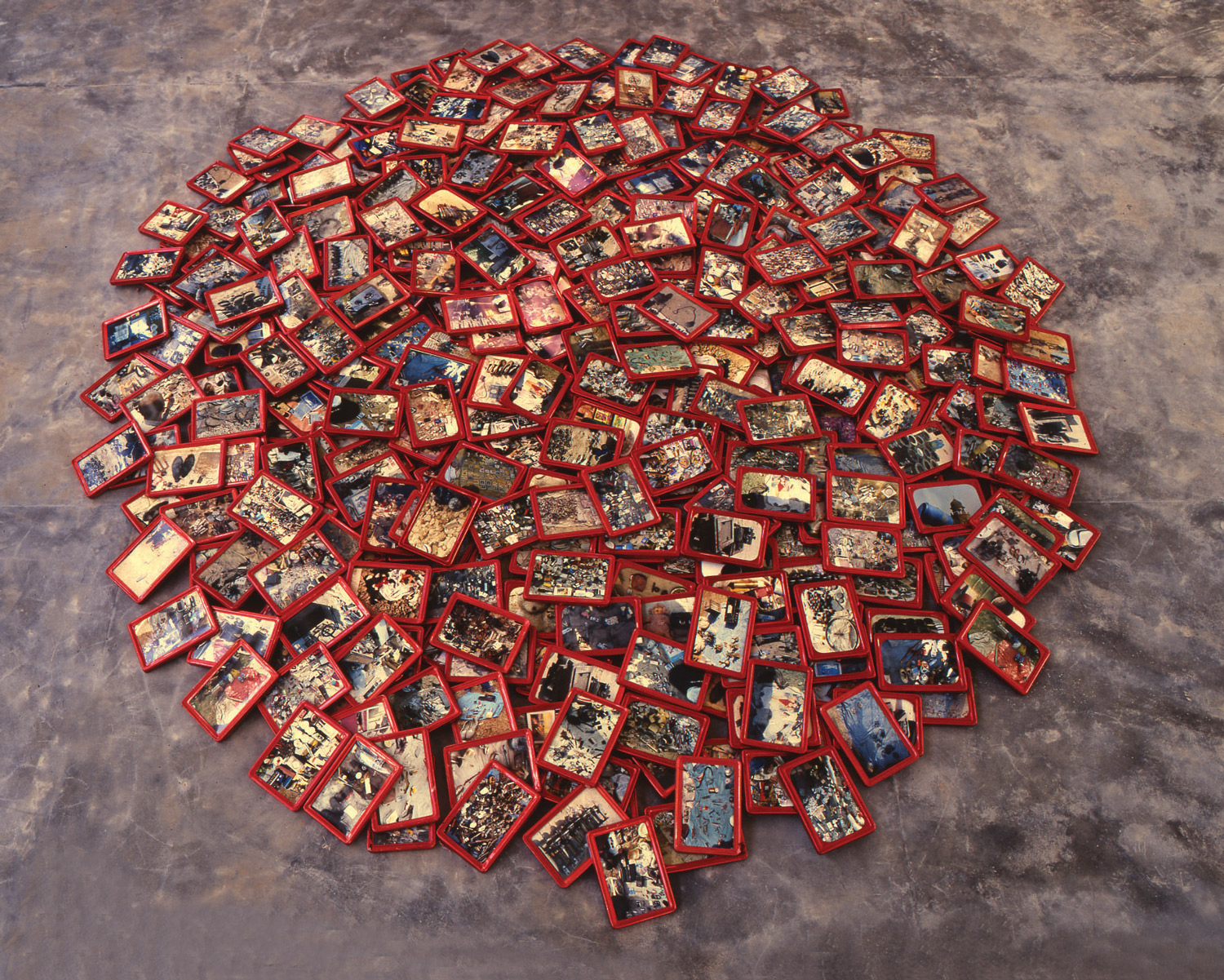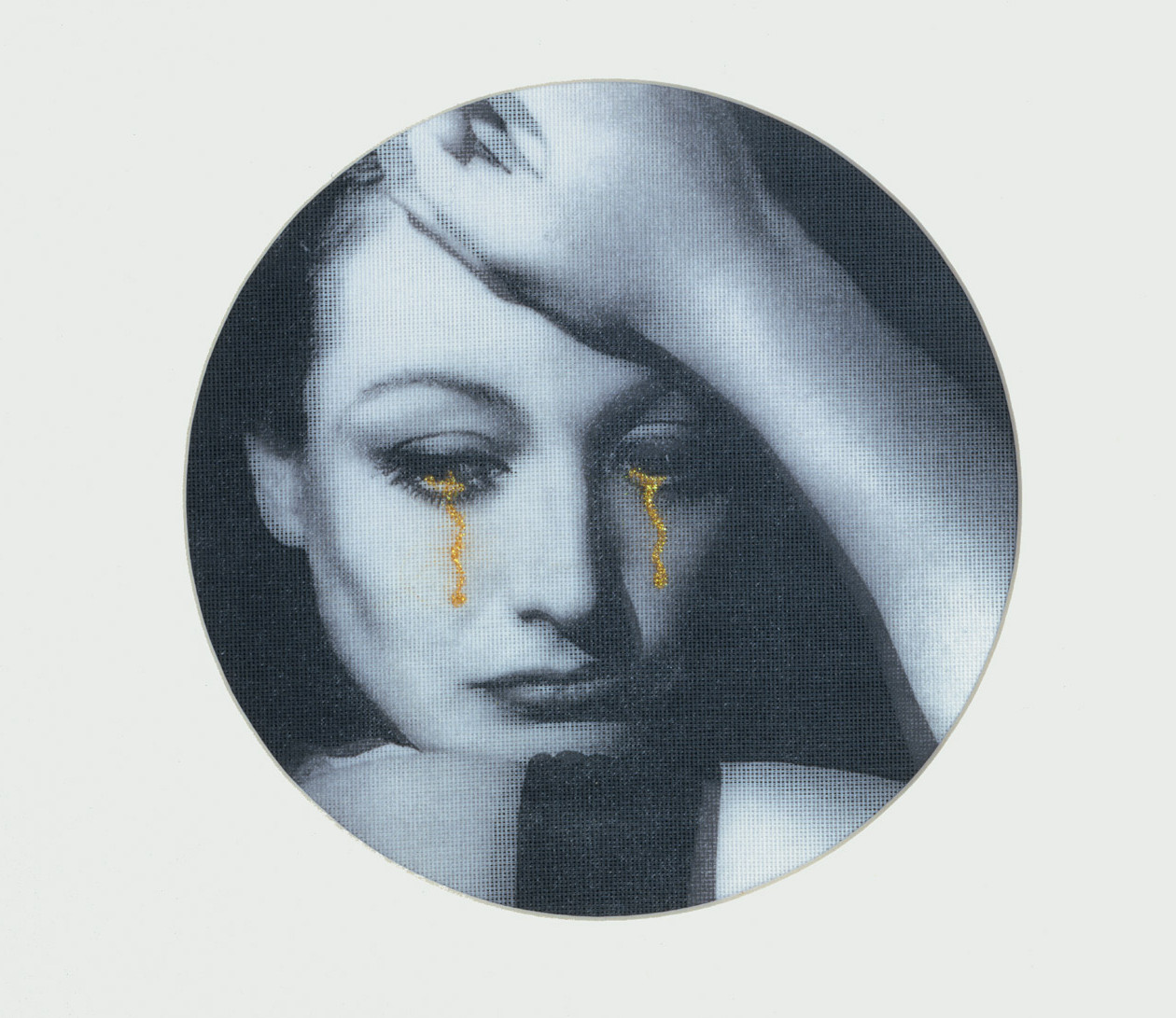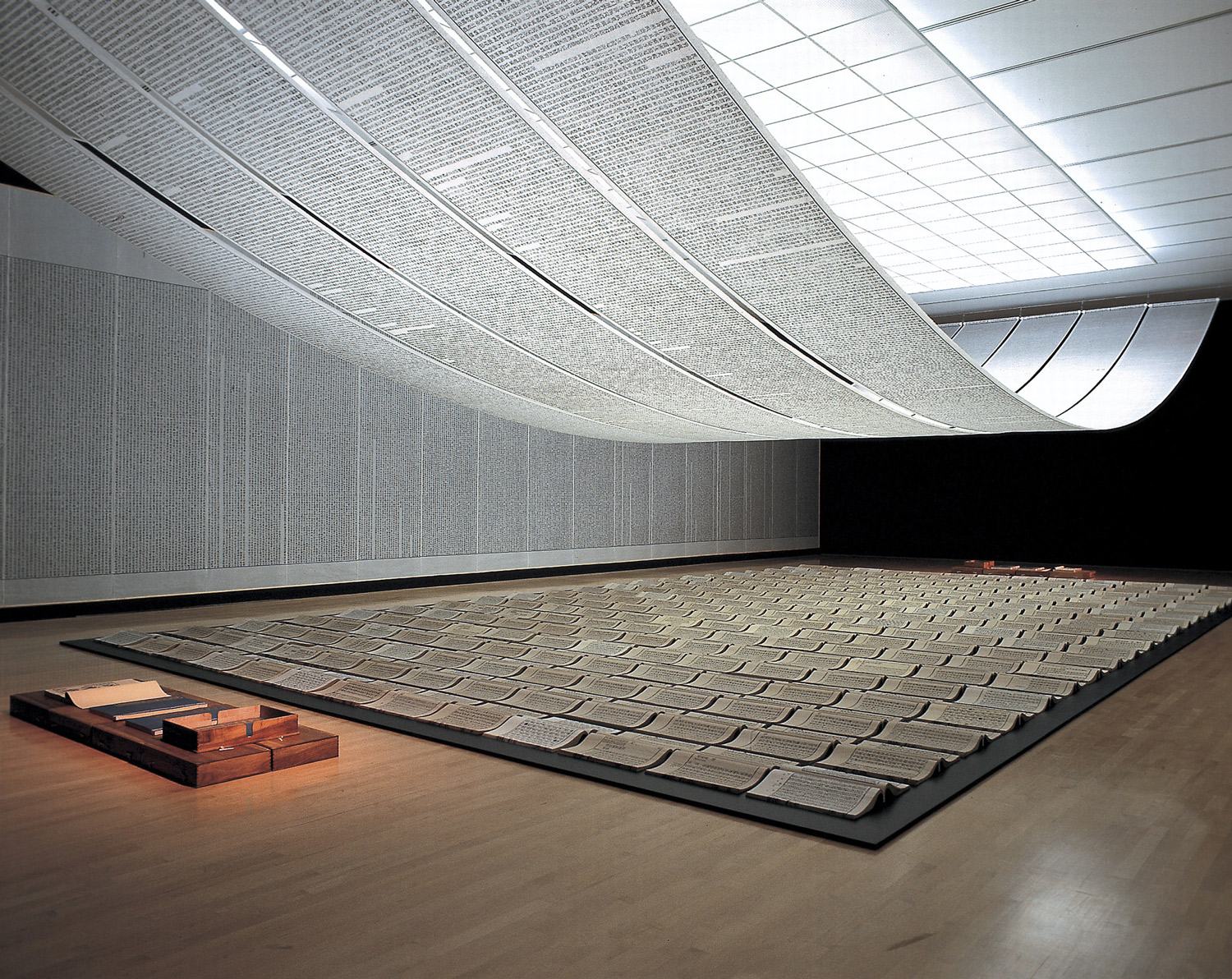
The Art of Branding
One show, more than any other, has been at the center of the brouhaha in LA over the past few months: “© Murakami” at MOCA. It’s the largest retrospective of Takashi Murakami ever organized, with a chronologically ordered parade of works encompassing all periods, topics and techniques of the Japanese artist’s work from the early ’90s until now. The title is a perfect fit; branding is a core theme of the exhibition, and art’s commodification is at the core of the surrounding controversy.
The rumors started last summer, when it was announced that a Louis Vuitton shop selling Murakami luxury goods would be part of the exhibition. Inside the Geffen, Paul Schimmel, the curator of the show, devoted part of the mezzanine to the Vuitton boutique. Although the museum would not receive a cent from this retail operation, many were uncomfortable with the idea of selling art-commodities in a museum. Still, the merchandising of mass-produced objects is a well known part of Murakami’s work — just consider Kaikai Kiki, Murakami’s company, and its various commercial initiatives, of which the Vuitton collaboration is but one. Yet other bottom-line realities — for example, MOCA’s partnership with Vuitton’s Marc Jacob, which helped the museum raise $50,000 in ticket sales for one of the most hyped art galas of the season — raise questions about which came first: curatorial decisions or fund raising?
Look too closely at the innumerable and subtle ways in which museums become involved with commerce and you may begin to see a problem. If the joint venture with Vuitton isn’t problematic on the face of it, perhaps more questionable is the massive yet tacit assistance of the artist’s galleries, which helped not only organizationally but also financially — most notably Blum & Poe, the LA gallery that has represented Murakami for more than a decade, as well as Gagosian and Perrotin. For instance, the monumental sculpture at the center of the entrance hall, Oval Buddha — a 570-cm-tall platinum-leafed sculpture of a multi-faced Buddha sitting on a lotus flower on top of an elephant — was finished after 5 years of work, just in time to be shipped to the museum, thanks to the financial help of Blum & Poe. And because this is a new work, it is also for sale, effectively turning MOCA into a gallery showroom.
Jori Finkel wrote in The New York Times, “It’s hard to remember another season when so many dealers were writing checks to museums for solo shows devoted to their artists, and being credited publicly for it.”
This brings up a question far more troubling than the potential crassness of a Vuitton shop in an exhibition: to what extent does a private gallery’s financial intervention affect a museum’s curatorial position? What is ethical and what is just etiquette?

Culver City pioneers
Driving west, you’ll stumble onto the Culver City art district, an industrial area where a cadre of young and leading international galleries have grown up over the last few years. Cheap rent and lots of empty space has been a catalyst for many dealers. Pioneering the block were Blum & Poe, which moved there in 2003, and in a few months will move into a larger space on the opposite side of the street.
One of the most exciting initiatives in Culver City is MC Kunst, founded by New York dealers Christian Haye and Michele Maccarone, although the latter is leaving the venture to concentrate solely on her New York gallery. Haye, who also divides his time between LA and The Project in New York’s Harlem, will continue to run the program by himself. MC Kunst is a gallery with an unconventional format: they don’t have a roster of artists that they represent, but instead work on individual projects, each time with a different artist. The current show is a series of prints and videos by Ari Marcopoulos.
Marcopoulos, who was born in Amsterdam but moved to New York in ’79, now lives in Northern California. This is his first solo show in LA. After having photographed New York’s subculture for almost two decades, throughout the ’80s and ’90s, in these works he explores a new mode of looking at youth and the body.
The prints are grainy, photocopied black-and-white photographs scanned and printed. In one of the two videos, in the loop between the opening and the closing of an automatic garage door, a teen skater (the artist’s son) enters the frame, sits on a chair in front of the camera and starts reciting sentences from movies. The video’s economy of means says much about the show as a whole: the vitality of youth is starkly depicted by the camera’s gaze. Marcopoulos captures the expressiveness of the human body through its intimate details: a leg, a close-up of a back, a black eye shot at a clinical proximity. Even more intimate is a page from the diary of Justin Pierce — one of the skateboarders in Larry Clark’s film Kids, who took his own life at the age of 25 — conveys a vocabulary of youthful energy and anger.
Also in Culver City, Laxart adds an element of diversity to the strip of commercial galleries on La Cienega Blvd. Among the many nonprofit spaces throughout the city, Laxart is notable for its consistently high quality shows. Lauri Firstenberg, who has funded the space for two years, is committed to producing works by young artists, most recently the 16 mm film installation A Means of Passing the Time by Spanish-born, LA-based artist Adrià Julià. Presented at the Lyon Biennale earlier this year, the Laxart installation is its US premiere. The work requires some back-story: the two actors in it used to work as performers for the USO, an American organization that provides entertainment for military troops abroad. Borrowing from an 18th-century theatrical genre called mumming, their idea was to give comfort to soldiers, recalling “home” and letting them feel as “at home” for a moment. Julià saw this as a way of representing the idea of home and homeland, and shot footage of the two performers both explaining their role as entertainers to the camera and giving samples of their stage work. If it is true that there’s a widespread return to the use of 16mm film in visual art, Julià uses it in a non-narrative scheme, far from a documentary style and more akin to structuralist cinema. The result is a combination of improvised short sketches, gestures, noises, close-ups and mumbled dialogue; fragments are cut and edited together to evoke remoteness and familiarity at the same time.

Chinatown Noir
In 1997, Richard Hawkins started a series of prints called “Disembodied Zombies”; these were digitally collaged images of male models and actors, their decapitated heads taken from glossy magazines. The creepy zombie-like heads, adorned with abundant blood-like drips, were graphically presented on colorful backgrounds. The series was a doorway to personal and collective obsessions with the body, beauty and erotic desire. Hawkins is a key figure in LA not only because of his own work, which perfectly synthesizes the “Sunshine & Noir” aesthetic with which LA is identified, but also because his influence as a teacher at Art Center is felt by many younger artists.
One such artist is Brian Kennon, whose work is on view at Daniel Hug gallery. Kennon effectively re-stages Hawkins’s decapitated heads, playing off the highly iconic quality of the originals, but also making visual connections with the other works showcased.
Kennon combines the concept of the simulacrum that fueled much appropriation art of the ’80s — think of Sherrie Levine as a primary example — with the notion that images assume new signs and meanings each time they are given a new context; in this case Hawkins’s bleeding heads are associated with the dark iconography of metal music.
Kennon’s visual logic is that of the collector; he proceeds by association, creating networks of meaning and keeping in mind the role of the detail (the single piece) within the bigger picture. Given his interest in the construction of images, it’s no surprise that he has his own press — 2nd Cannons Publications, which prints books and posters, including the Richard Hawkins Decapitated Heads and other elements in the show. The installation includes a book divided into three separate parts, each containing a collection of different visual categories: a “Disembodied Zombies” selection, a series of images of forests taken from the Internet, and various reproductions of Agnes Martin’s minimalist paintings.
This past September a new gallery opened just across the street from Daniel Hug. Run by Erica Redling, who previously worked at China Art Objects in Los Angeles and Michelle Maccarone in New York, Redling Fine Art’s second exhibition is a film installation by New York artist Amy Granat. Yet again, her work uses 16 mm film and evokes experimental and expanded cinema — indeed, she is a curator of the Cinema Zero screening program in New York. Like Stan Brakhage, she scratches the film’s surface to obtain flickering black-and-white abstract signs and raucous noise for sound. The projections, treated as tableaux assembled and dispersed in the space, along with a series of rayograms — realized by shining light through the films onto photo paper — combine to create a disorienting illusory environment. If this new embrace of the vocabulary of experimental cinema begins to close the longstanding divide between visual art and filmmaking, we can be hopeful that it will bring with it the experimental rigor that the name suggests, rather than just a new stylistic trend.




